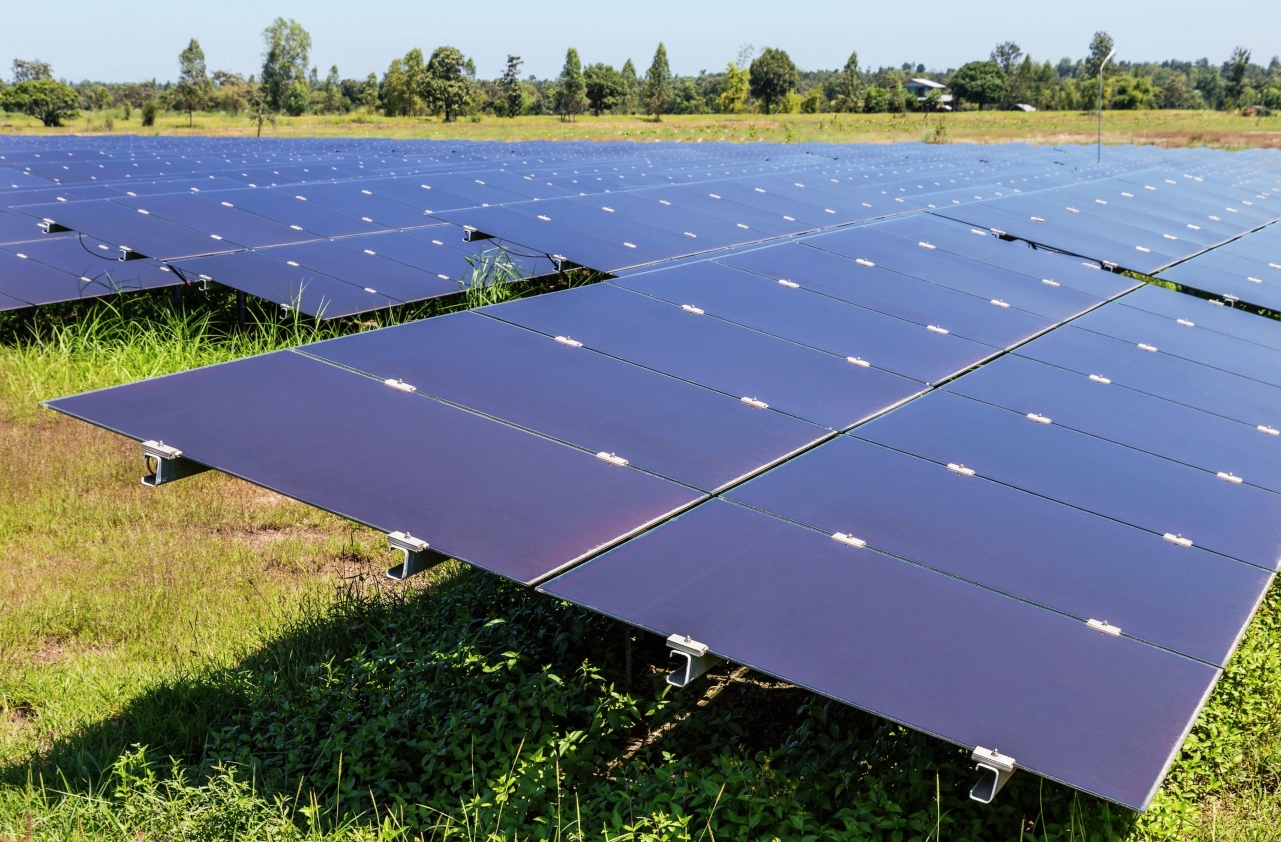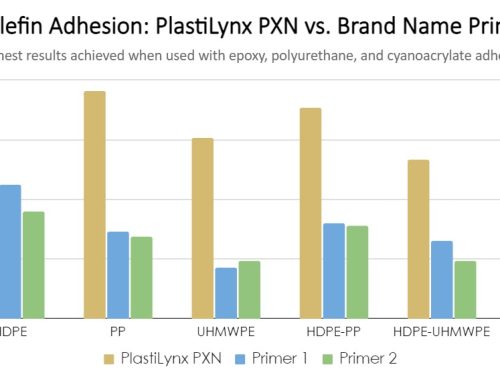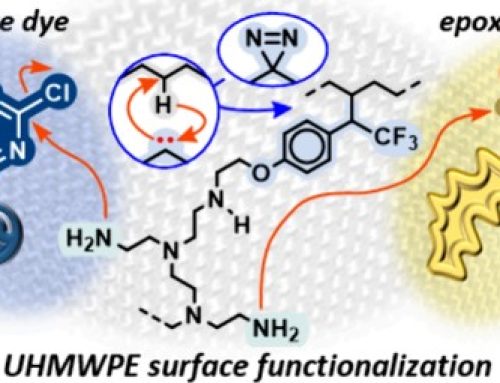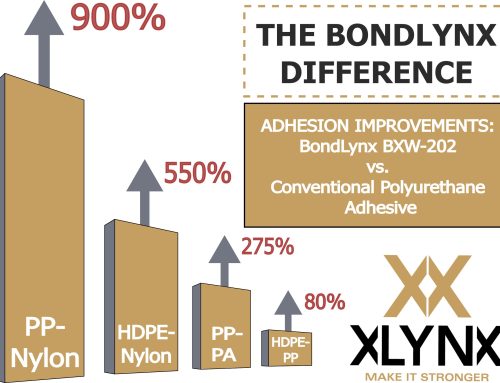New study shows 99% stability after 1,000 hours using BondLynx treatment
VICTORIA, BC, May 17, 2023 – The past decade has seen remarkable progress in the field of perovskite solar cells (PSCs), a next-generation technology that offers a lower cost and easier to manufacture alternative to conventional silicon solar cells. While major advances have been achieved with rapidly-rising power conversion efficiencies for PSCs, their long-term stability when exposed to environmental stimuli has remained an obstacle on their path to commercialization. A small Canadian specialty chemical company believes it has the answer to this problem.
When perovskites are exposed to heat and sunlight, their volatile organic components have a tendency to escape or migrate from the perovskite layer. This leads to rapid degradation, which significantly reduces the efficiency, stability, and performance of PSCs. Solving this problem and improving the operational lifetimes of PSCs requires the immobilization of these organic components, known as organic cations. While several strategies have been employed in the past to address this instability, none have been able to effectively protect the perovskite material from environmental exposure. Until now, that is.
In a recent study published in the sustainable energy research journal, Joule, BondLynx – a molecular crosslinker designed and manufactured by XLYNX Materials – was used to covalently bond with the organic cations in PSCs. The results were extraordinary:
- Illumination Stability: After 200 hours of continuous operation under 1 sun illumination (1 kW/m2), untreated control PSCs exhibited a 35% loss in power conversion efficiency. In comparison, BondLynx-treated PSCs showed remarkable stability, retaining nearly 99% of their initial efficiency even after 1,000 hours of continuous illumination.
- Thermal Stability: When exposed to constant heat (60°C), untreated PSCs demonstrated poor thermal stability, losing 27% efficiency after 600 hours of continuous operation. In comparison, BondLynx-treated PSCs maintained nearly 98% efficiency under the same conditions.
- High Efficiency: Overall, BondLynx-treated PSCs achieved a high certified efficiency of over 24% with long operational stability over 1,000 hours.
The reason BondLynx is effective is because it forms chemical covalent bonds with the organic components in PSCs to strongly immobilize them, thereby reducing the losses of efficiency, stability, and performance typically seen in PSCs. With no significant reduction in performance over the course of the study, the stability improvements realized by BondLynx are expected to extend far beyond the 1,000 hour mark.
“It’s great to see these results published in Joule,” remarked Sean Bourquin, Director of Strategy for XLYNX Materials. “But mostly we’re looking forward to engaging with companies operating in the perovskite field, as this could have a huge impact on the future of this technology.”
The work of this peer-reviewed study also suggests that, in addition to enabling highly efficient and ultra-stable PSCs, there are potential benefits to be realized in other perovskite-based optoelectronic applications.
“It’s fascinating to witness the impact of BondLynx in the field of perovskite solar cells, considering that its original design didn’t anticipate such a role for this molecular linker,” XLYNX Senior Research Scientist and study collaborator Dr. Stefania Musolino commented. “There’s no doubt that many more innovative applications will arise in the years to come.”
To read the study and learn more about these BondLynx results, visit https://xlynxmaterials.com/ultra-stable-perovskite-solar-cells/
For BondLynx product information and sales, contact info@xlynxmaterials.com.






